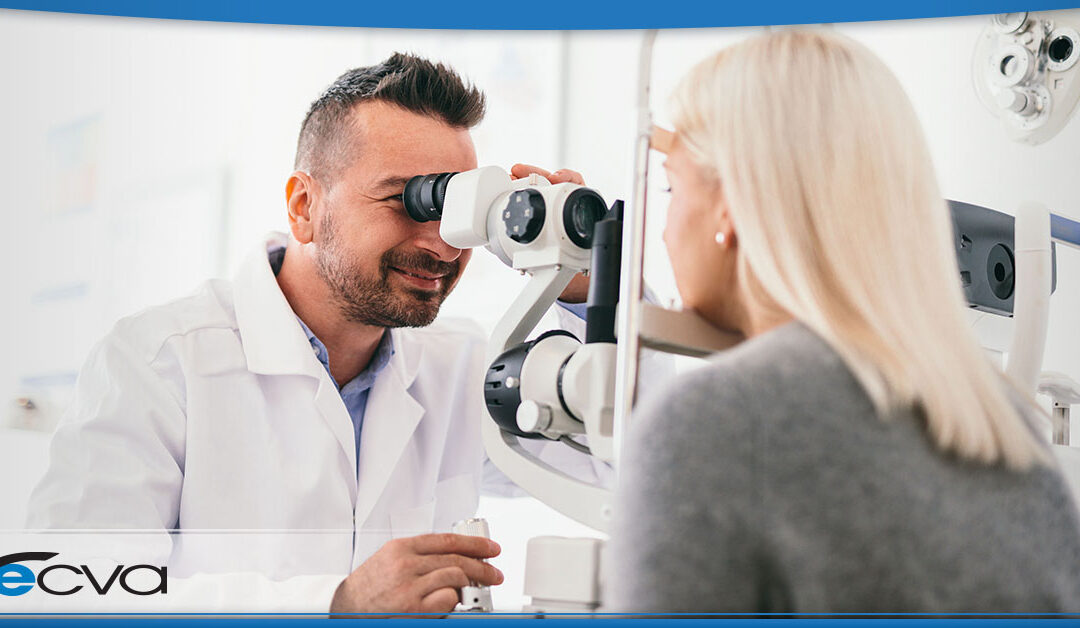
by ecvaeyeadminz | Sep 18, 2024 | Eye Health
Our eyes are our windows to the world, yet with so much conflicting information out there, it’s easy to feel uncertain about what truly affects their health. From the impact of screen time to the necessity of regular check-ups, understanding how to care for your...

by ecvaeyeadminz | Sep 7, 2024 | Eye Health
Drooping eyelids, or ptosis, can significantly impact both appearance and vision, leading to a range of issues from aesthetic concerns to more serious functional impairments. For those struggling with this condition, it’s not just about how you look in the...
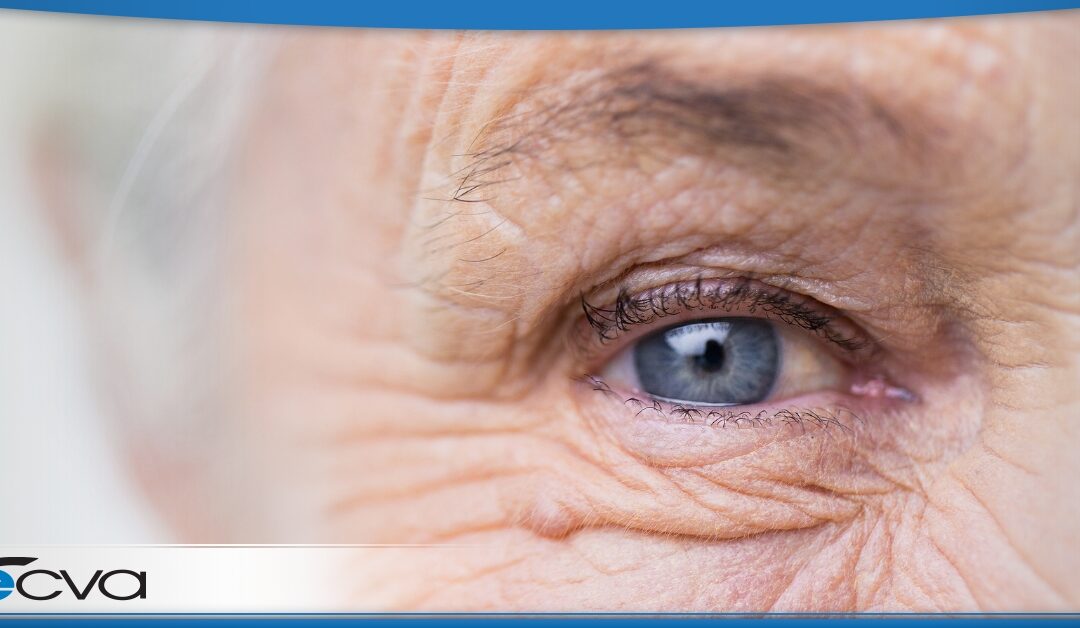
by preichert | Aug 21, 2024 | Eye Health
The impact of drooping eyelids is often far more significant than people expect. When the eyelids droop, it makes it difficult to see clearly or keep the eyes open. This condition, known as ptosis, can substantially affect daily life, affecting everything from reading...
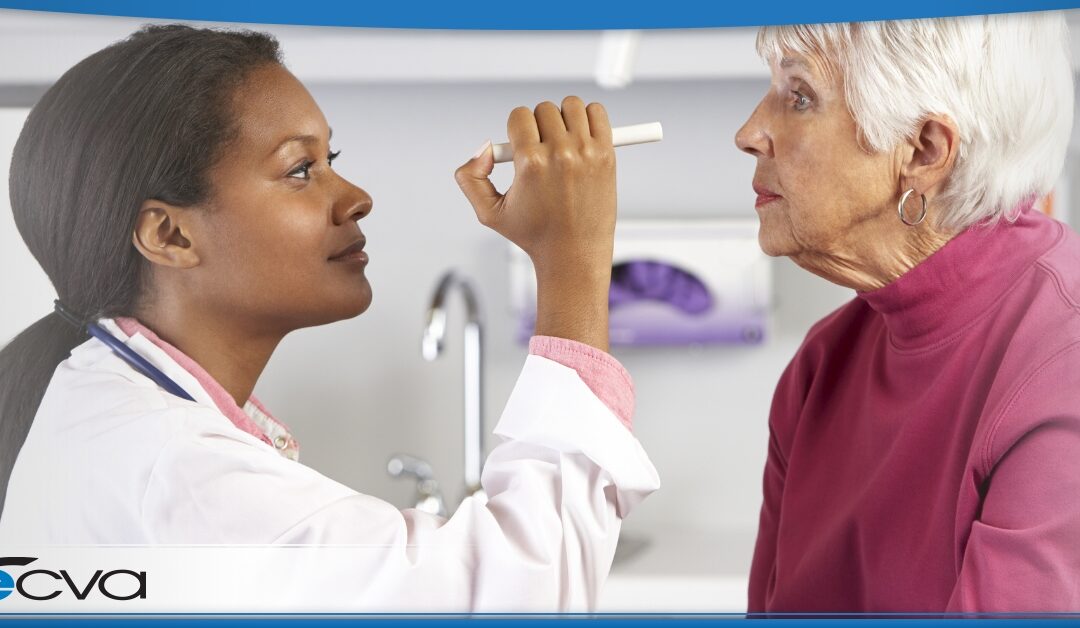
by preichert | Aug 8, 2024 | Eye Health
Lazy eye, or amblyopia, often goes unnoticed until it begins to affect daily activities. Imagine seeing the world through a lens that is always slightly out of focus in one eye while the other works perfectly. This condition can impact both children and adults,...
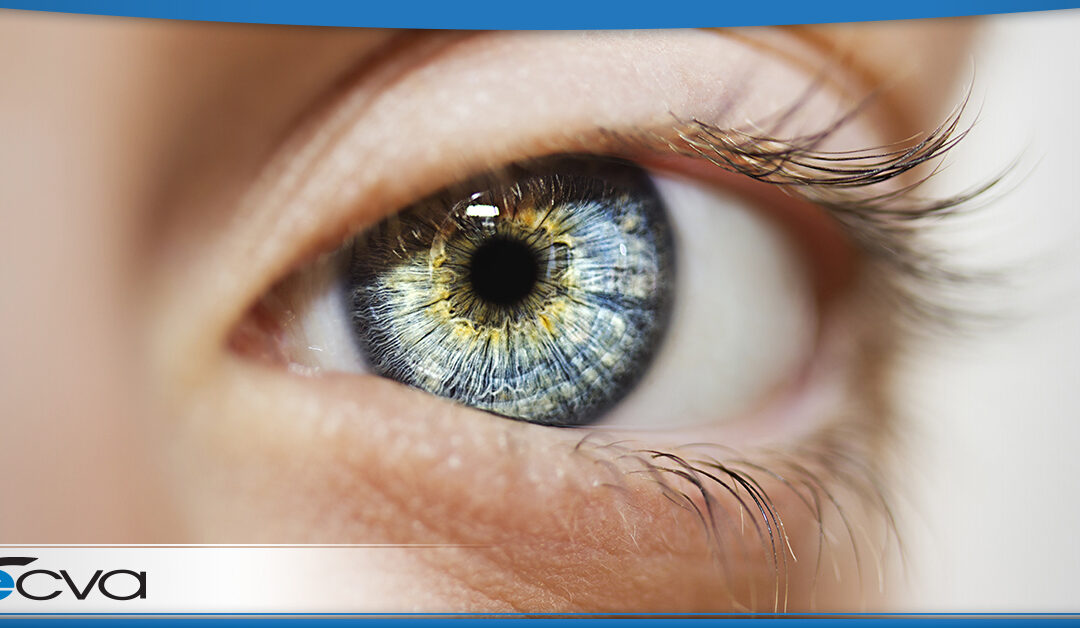
by ecvaeyeadminz | Aug 5, 2024 | Cataracts, Eye Health
If you live long enough, you will likely experience cataracts; they are a natural part of aging. The National Eye Institute says, “Cataracts are very common as you get older. In fact, more than half of all Americans age 80 or older either have cataracts or have had...
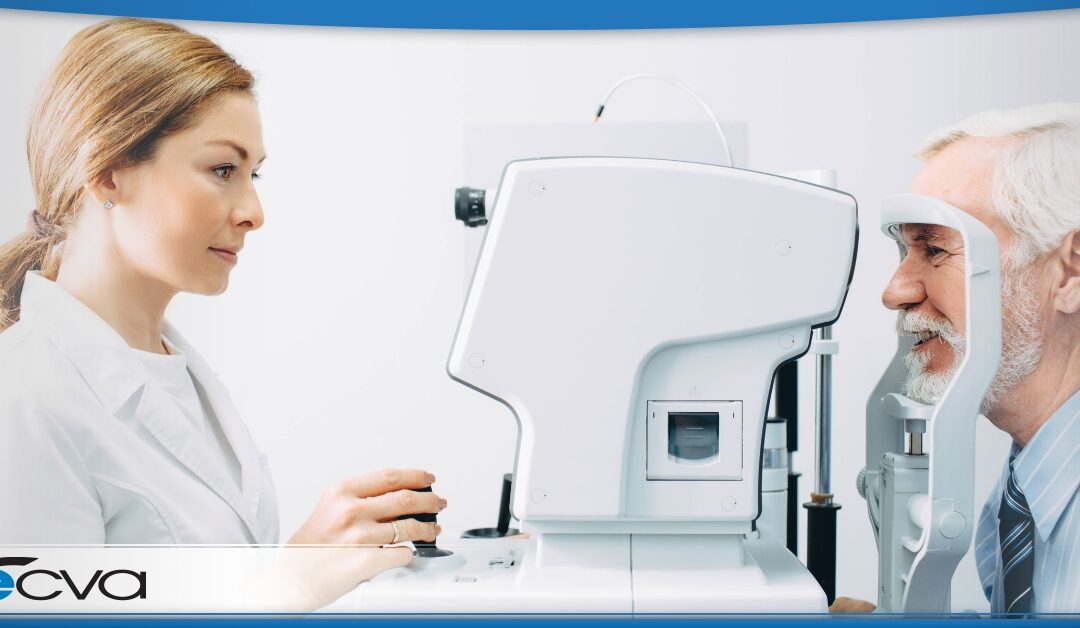
by ecvaeyeadminz | Jul 24, 2024 | Eye Health
Macular degeneration is a severe eye condition that affects many people, especially as they age. One of the most effective treatments for macular degeneration in Western New York (WNY) is laser photocoagulation surgery. Here’s a look at the basics of this...







